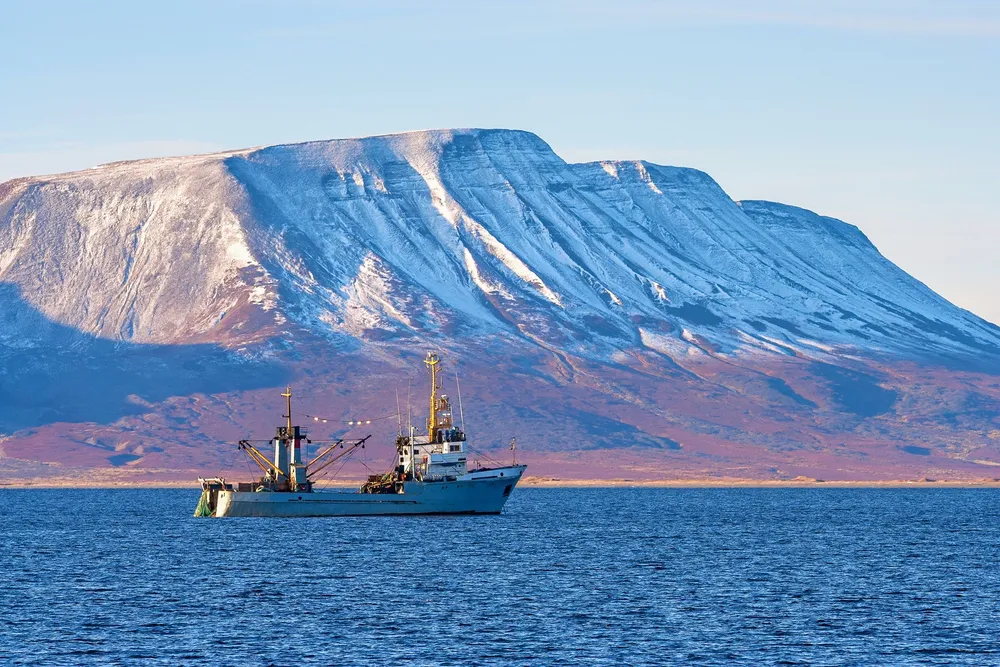Russian scientists propose larger pollock quota for 2026
While a higher TAC is recommended for the main fishing zone in the Sea of Okhotsk, a sharp reduction is proposed for the Western Bering Sea zone.

While a higher TAC is recommended for the main fishing zone in the Sea of Okhotsk, a sharp reduction is proposed for the Western Bering Sea zone.
